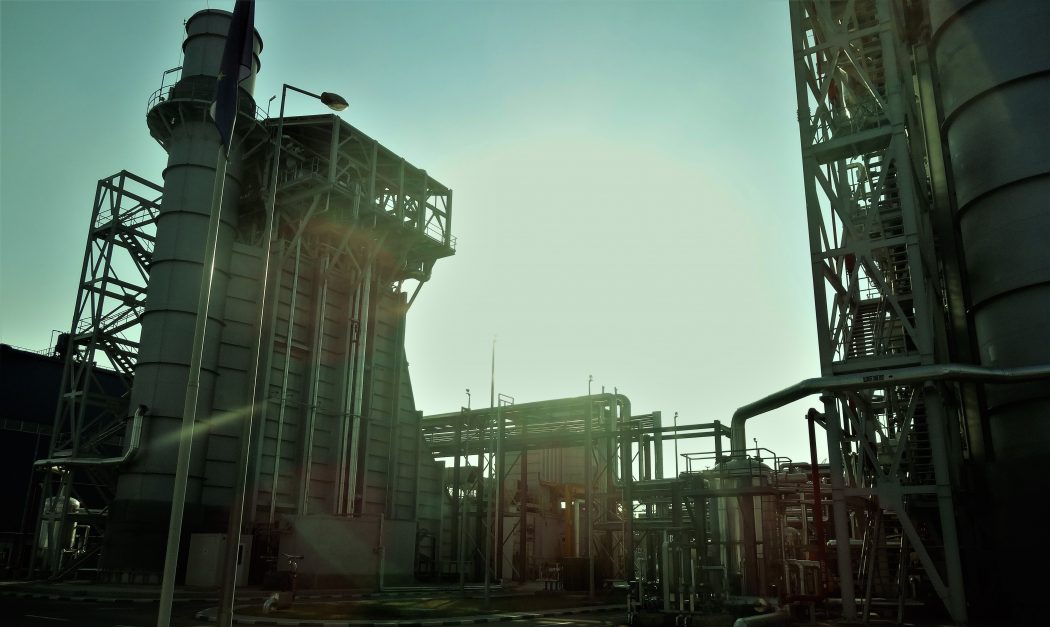Over the last decade electricity consumption in Georgia has grown largely in line with real GDP growth rate and reached 10.4 TWh in 2015. If This trend continues, in 10 years Georgia will have significant generation deficit. Between 2004 and 2010 as a result of renewal and rehabilitation of existing HPPs generation also grew significantly.
Since 2012 twelve new HHPs have been commissioned, but as consumption continues to rise not only in Georgia, but in neighboring countries as well, there is great opportunity to develop new power plants to keep up with this ever increasing demand. According to estimates, only 25% of Georgia’s energy potential is exploited. Meaning that there is huge untapped potential, mostly from hydro resources, but also from wind, solar, geothermal and biomass sources as well.
In 2015, Georgia’s electricity generation reached 10.8 TWh, of which hydropower accounted for 78% (8.5 tWh). Because of seasonality of electricity generation, Georgia had to import 0.7 TWh during winter months, but still managed to export 0.7 TWh to its neighbors during summer.
Currently, 17 hydropower plants are under construction, seven of them, with total installed capacity of around 300 MW, started in 2015. By the end of 2015, a 230 MW gas-fired combined cycle Thermal Power Plant was commissioned and construction of first Wind Power Plant in Georgia has started. In 2016, construction works on 14 new HPP’s will commence. Georgian Energy sector is developing rapidly and with all the competitive advantages that country offers, it’s not too hard to see why.
Starting from 2004 generation increased significantly, resulting in Georgia becoming net exporter of electricity between from 2007 and 2011. With the completion of the HPPs currently under construction, exports are expected to grow in the summer period, however during winter Georgia continues to use expensive electricity form TPP’s and import. Without additional Power Plants Georgia’s generation capacity will not be sufficient to meet domestic demand during winter and in the long term, as per capita electricity consumption continues to grow, estimated deficit by 2025 is more than 5 TWh.
Starting from 2008 Georgia has liberalized and deregulated energy market. Renewable projects are based on Build-Own-Operate (BOO) principle. There are no tariffs set for newly built HPPs, investor is free to choose market and negotiate price. No fee is required for the connection to transmission grid. No license is required for export and new HPPs have priority access to the capacity on the new interconnection to Turkey. Generation and export activities are exempted from VAT tax.
With abundance of high mountains and fast-flowing rivers, Georgia has competitive advantage over neighbors in terms of generation cost. Most attractive export market is Turkey who ranks first in Europe and second in the world after China in terms of electricity demand increase. Turkey experiences electricity shortage during summer months, while Georgia has generation surplus. Over the last decade, Turkey’s electricity consumption in 2014 was 257.22 TWh, with generation deficit of 5.2 TWh. The Turkish Electricity Transmission Company (TEIAS) forecasts that Turkish electricity consumption will grow by 5.5% on average annually. Almost 80% of electricity was generated by gas and coal-fired power plants. So, even with lower oil and gas prices, it’s expected that electricity prices in Turkey will remain high.
Georgia has well developed transmission grid infrastructure. Whole territory of Georgia is covered with over 3,000 km high, medium and low voltage lines and about 100 substations. In 2013, a new 400 KV line with HVDC back-to-back substation connecting Georgia with Turkey was commissioned, adding to already significant transmission capacity with all neighboring countries. By the end of 2015, cross border transmission capacity will reach 5,000 MW.
In 2015, Network Development Plan was approved by the government, which will ensure continuous improvement of grid and seamless integration new generation capacities.
HYDRO POWER PLANTS
Georgia has more than 20 000 rivers and almost 300 of them provide excellent opportunity for hydropower generation. Georgia is one of the top countries in terms of water resources per capita and it’s logical that today 78% of total electricity is generated from Hydro Power Plants (8.5 TWh). Despite this, there still is vast untapped potential, as only 25% of economically feasible Hydro potential is being exploited today. Georgia could produce additional 25 TWh electricity annually with hydro resources alone. There are over 60 potential HPP projects identified by the Ministry of Energy, the list is public and can be seen on the website of Ministry of Energy.
All new hydro power plants are totally deregulated, license for export are not required and have priority access to new transmission line to Turkey. Investor is free to choose the market and negotiate the price. HPPs with installed capacity of 13MW or less don’t require generation license and HPPs that have installed capacity of 2 MW or less don’t need environmental impact permit either. They can sell generated electricity to direct consumers without third party.
Identified projects are only small drop of water in the ocean of Georgia’s Hydro Potential. Any investor is welcome to reveal new opportunities by themselves and start developing power plants.
THERMAL POWER PLANTS
TPPs are source of guaranteed electricity supply. Usually, TPPs are in standby mode, ready to supply the system when needed, typically in winter period. Last year TPPs accounted for 21.9% of total generation, meaning they are vital to Georgia’s electrical stability. Because of this, even when in standby mode TPPs receive payment to cover maintenance and fixed costs. Tariffs are set by regulator.
By the end of 2015, new 230 MW combined cycle TPP, first of its kind in Georgia, was commissioned. Project was developed by Georgian Partnership Fund and will was built by Turkish company Çalik Enerji.
Currently, Georgian Energy Development Fund is working on another 250 MW CCGT project. Power plant will be 250 MW and will be commissioned in 2019, with another 250 MW is being considered for the future.
WIND POWER
Georgia offers very attractive opportunity for investments in wind power plants, with estimated potential of 4 TWh. Wind power offers great addition to hydro power generations, as wind generation is higher during winter, when hydro generation is lower. According to scientists, the share of the wind power stations in the world power engineering will be 10% by the year 2025.
Currently, pilot 20 MW project, Kartli 1, is under construction. Developed by Georgian Energy Development Fund, this projects is one of the most efficient wind plants in the world and became first government project in the region which received EBRD project funding without additional guaranties from the state. Project capacity can be expanded up to 150 MW in the future. Two more wind projects are under development with many more under consideration.
SOLAR
Due to the geographical location of Georgia, the emanation of the Sun is rather high. In most regions of the country there are 250-280 sunny days in a year, which is approximately 1,900-2,200 hours per year. The annual radiation of the Sun varies depending on regions from 1,250-1,800 KWh/m2, while the average sun radiation equals 4.2 KWh/m2. The total annual solar energy potential in Georgia is estimated to be 108 MW, which is equivalent to 34,000 tons of standard fuel.
GEOTHERMAL
According to modern hydro-geological studies, the Georgian geothermal water reserves reach 250 mln m3 per year. At present there are more than 250 natural and artificial water channels where the average temperature of geothermal waters ranges from 30 to 110 C, while the total debit is 160,000 m3 per day and night. These water channels are grouped into 44 deposits. Within the territory of 3,500 km there are bore-hole wells with the water temperature of 85 C and more. Up to 80% of the geothermal deposits are in Western Georgia. In the Zugdidi-Tsaishi geothermal area, there are now 9 productive, 7 reinjections and 3 observation bore-hole wells which are considered to be exploitable.
BIOMASS
Thanks to an advantageous geographical location and a climate favorable to forest and agricultural development, Georgia is endowed with major potential for biomass power plants, especially for producing heat and hot water. Biomass could be of the most important sources of power supply in rural areas, given that forests cover 40% of the country’s total territory.
Source: Ministry of Energy of Georgia
National Investment Agency of Georgia





